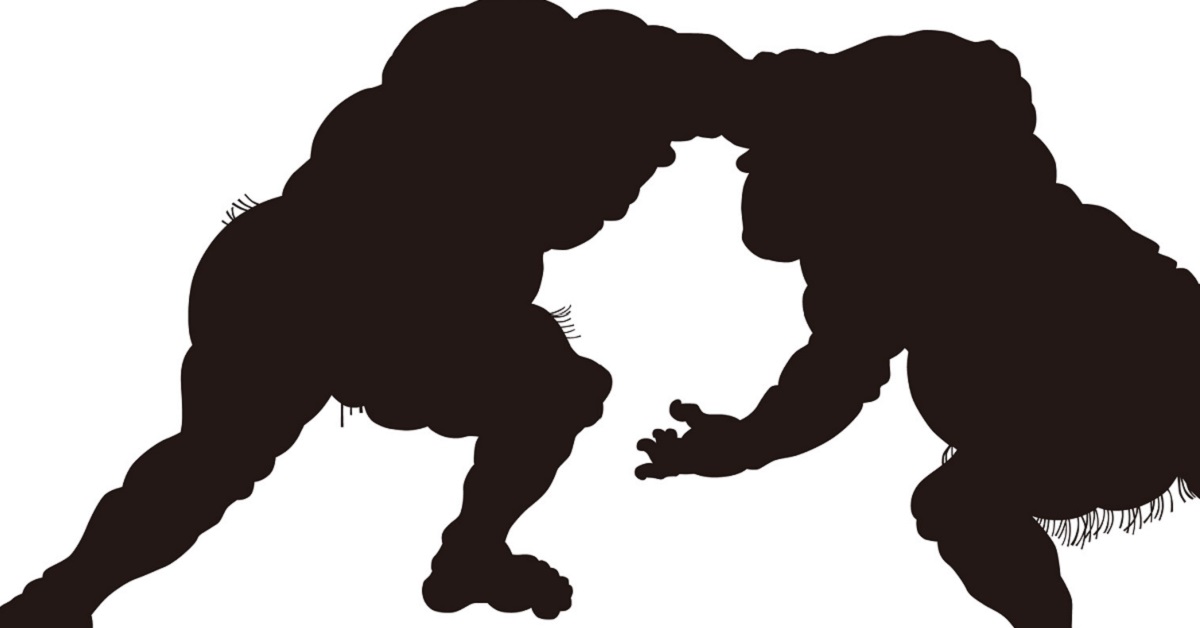In the world of sumo wrestling, “Senshuraku” marks the final day of a tournament, carrying deep cultural meaning and tradition. It’s more than just the end—it represents the culmination of skill, spirit, and ceremony. Whether you’re a newcomer to sumo or a visitor to Japan, learning about this day offers a unique window into the heart of Japanese heritage.
What is Senshuraku?
Senshuraku refers to the 15th and final day of a sumo tournament. The term literally means “a thousand autumn celebrations” and originally came from the world of traditional Japanese theater. Over time, it became the established name for the last day of sumo tournaments.
Senshuraku is not just a closing day. It’s when champions are often decided, and the results of each match finalize the wrestlers’ standings. It also determines their rankings for the next tournament, making it a crucial day for everyone involved. For fans, Senshuraku is a time to witness the culmination of 15 days of fierce competition and to feel the weight of tradition.
History and Origins of Senshuraku
The term “Senshuraku” has its roots in ancient Chinese literature, particularly in the Shijing (Book of Songs). In Japan, it was adopted in the Heian period and became widely used in traditional performing arts like Noh and Kabuki to mark the final performance.
In the world of sumo, the term began being used in the Meiji period, but it was not until the early Showa era that the 15-day tournament system became standard. From then on, Senshuraku became a fixed and highly important day in the sumo calendar.
Main Events Held on Senshuraku
Beyond the regular matches, Senshuraku features a number of ceremonial and symbolic events. These are designed to honor the efforts of the wrestlers and show appreciation to the audience.
| Event Name | Description |
|---|---|
| Championship Match | Held when two or more wrestlers are tied for the lead. |
| Award Ceremony | Includes the Emperor’s Cup and many other national and international awards. |
| Yumitori-shiki | A ceremonial bow-twirling dance performed by a junior wrestler. |
| Uchidashi | A traditional sign that the tournament has concluded, followed by applause. |
These events are often televised and convey the sacred and solemn atmosphere of the sumo world.
Highlights for Watching Senshuraku
Senshuraku offers much more than just matches. By understanding the cultural and emotional context, newcomers and tourists can enjoy the experience more deeply.
| Point | Explanation |
|---|---|
| Championship Decider | Study the win-loss records in advance to spot the crucial matches. |
| Final Match of the Top Wrestlers | Features the highest-ranking rikishi in a powerful clash. |
| Audience Participation | The atmosphere is especially lively on the final day, with cheers and applause. |
| Rituals and Etiquette | Bowing, rituals, and the wrestlers’ demeanor show Japan’s refined tradition. |
Sumo is not just a sport—it is a holistic expression of Japanese spiritual and cultural identity.
Behind the Scenes and Wrestlers’ Emotions
Behind Senshuraku lies a story of deep personal struggles and emotions. For some wrestlers, it’s the last chance to avoid a losing record. For others, it could be the final match of their careers. The backstage tension is immense, and that emotion is often visible in every movement and expression on the dohyo.
Knowing these personal stakes helps spectators find deeper meaning in each bout, making the experience all the more powerful.
Cultural Insights and Lesser-Known Facts
Senshuraku is surrounded by many unique customs and stories. Here’s a list of lesser-known facts that can enrich your understanding.
| Topic | Description |
|---|---|
| Victory Party (Uchiage) | Held privately by stables after the tournament, honoring wrestlers’ efforts. |
| Ticket Popularity | Tickets for Senshuraku are in high demand and often sell out months in advance. |
| Farewell Walk on the Hanamichi | Retiring wrestlers sometimes take their final walk backstage on this day. |
| Cleansing Ritual of the Dohyo | A simple ritual performed after the event to purify the ring. |
Learning these cultural nuances allows you to experience sumo with more depth and connection.
What Makes Senshuraku Matches Unique?
Matches on the final day often differ in tone and importance compared to earlier days. Here’s a breakdown:
| Feature | Description |
|---|---|
| Top-Ranked Showdowns | The final day features high-stakes battles between upper-ranked rikishi. |
| Signs of a New Generation | Younger wrestlers challenging veterans signal the future of sumo. |
| Winning Streak Milestones | Strong performances may continue into record-setting streaks. |
| Farewell Bouts | Retiring rikishi may take their final stance on this emotional day. |
Keeping these features in mind will help you see beyond the surface of each match.
Senshuraku and the Future of Sumo
Senshuraku serves as a bridge between tradition and modernity. As sumo gains international recognition, the final day becomes more than a domestic event—it becomes a celebration of Japan’s living heritage.
Foreign-born wrestlers, a growing international fan base, and broader media coverage all point to sumo’s expanding global relevance. For tourists, Senshuraku is an unforgettable opportunity to experience authentic Japan firsthand.
Conclusion
Senshuraku is far more than just the final day of a tournament. It represents the essence of sumo—the culmination of skill, dedication, culture, and honor. Whether you’re a seasoned fan or a curious visitor, this day offers a full spectrum of experiences—from the electric atmosphere of the crowd to the sacred rituals on the ring.
Make it a point to watch, attend, or study a Senshuraku. You’ll not only gain a deeper appreciation of sumo but also a richer understanding of Japanese tradition and spirit. Within every bow, every cheer, and every match lies a story that will stay with you long after the dohyo is cleared.





コメント